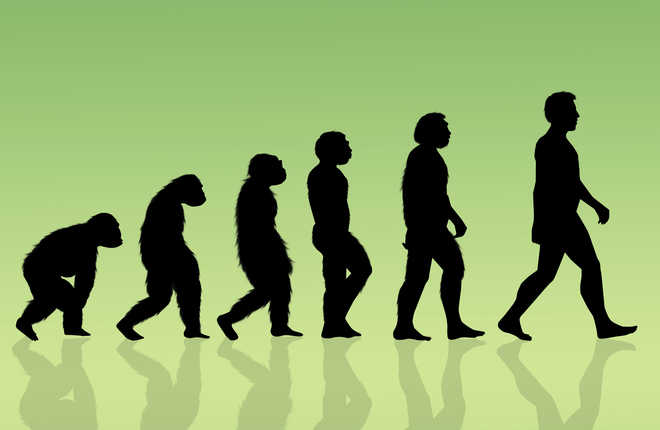
Photo source: Thinkstock
London
Neanderthals survived at least 3,000 years longer than thought in Southern Iberia, what is now called Spain, long after they had died out everywhere else, a study has found.
The findings, published in the journal Heliyon, suggest that the process of modern human population absorbing Neanderthal population through interbreeding was not a regular, gradual wave-of-advance but a "stop-and-go, punctuated, geographically uneven history." Over more than ten years of fieldwork, the researchers excavated three new sites in southern Spain, where they discovered evidence of distinctly Neanderthal materials dating until 37,000 years ago.
"Technology from the Middle Paleolithic in Europe is exclusively associated with the Neanderthals," said Joao Zilhao, from the University of Barcelona in Spain."In three new excavation sites, we found Neanderthal artefacts dated to thousands of years later than anywhere else in Western Europe. Even in the adjacent regions of northern Spain and southern France the latest Neanderthal sites are all significantly older," Zilhao said.
The Middle Paleolithic was a part of the Stone Age, and it spanned from 300,000 to 30,000 years ago.
It is widely acknowledged that during this time, anatomically modern humans started to move out of Africa and assimilate coeval Eurasian populations, including Neanderthals, through interbreeding.
According to the study, this process was not a straightforward, smooth one — instead, it seems to have been punctuated, with different evolutionary patterns in different geographical regions.
"We believe that the stop-and-go, punctuated, uneven mechanism we propose must have been the rule in human evolution, which helps explaining why Paleolithic material culture tends to form patterns of geographically extensive similarity while Paleolithic genomes tend to show complex ancestry patchworks," said Zilhao.
The key to understanding this pattern, lies in discovering and analysing new sites, not in revisiting old ones, said Zilhao. PTI



























